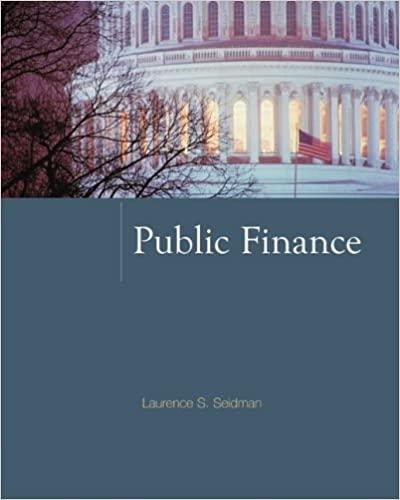Chapter 12 Assignment Terms Descriptions The level and nature of risk attributable to a firm's activities and operations, and ignoring the risks associated with the firm's capital structure The situation in which outsiders, such as external shareholders, credits, suppliers, and customers have less and inferior information about a firm's past current and future conditions and prospects, compared to the firm's managers. The extent to which a firm's cost structure contains a large proportion of fixed costs, which raises its level of business risk if the firm's sales decline. The practice of employing a capital structure that contains a large proportion of fixed-cost sources of financing, such as debt securities and preferred stock The ability of a firm to borrow money at a reasonable cost when good investment opportunities arise because it currently less debt than that suggested by its optimal capital structure. An action taken by a firm's management that provides clues to investors about how management views the firm's prospects The risk that is bore solely by the firm's shareholders, and results from a firm's decision to finance its assets using fixed-cost sources of capital, including debt securities and preferred stock. The level of sales at which a firm's earnings per share (EPS) are the same, regardless of which of two alternative capital structures are compared The mix of debt, preferred stock, and common stock that maximizes the price of the firm's common stock The mix of debt, preferred stock, and common stock that finances a firm's assets. Chapter 12 Assignment Terms Descriptions The level and nature of risk attributable to a firm's activities and operations, and ignoring the risks associated with the firm's capital structure The situation in which outsiders, such as external shareholders, credits, suppliers, and customers have less and inferior information about a firm's past current and future conditions and prospects, compared to the firm's managers. The extent to which a firm's cost structure contains a large proportion of fixed costs, which raises its level of business risk if the firm's sales decline. The practice of employing a capital structure that contains a large proportion of fixed-cost sources of financing, such as debt securities and preferred stock The ability of a firm to borrow money at a reasonable cost when good investment opportunities arise because it currently less debt than that suggested by its optimal capital structure. An action taken by a firm's management that provides clues to investors about how management views the firm's prospects The risk that is bore solely by the firm's shareholders, and results from a firm's decision to finance its assets using fixed-cost sources of capital, including debt securities and preferred stock. The level of sales at which a firm's earnings per share (EPS) are the same, regardless of which of two alternative capital structures are compared The mix of debt, preferred stock, and common stock that maximizes the price of the firm's common stock The mix of debt, preferred stock, and common stock that finances a firm's assets







